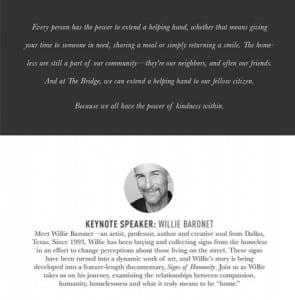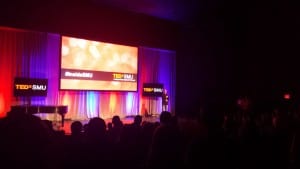
On June 24th, Dr. Sidharth Muralidharan, Associate Professor at the Temerlin Advertising spoke at the Federal Trade Commission (FTC) four-hour business workshop series, Green Lights & Red Flags: FTC Rules of the Road for Business.
The Dallas program continued the popular business workshop series that the FTC has held in past years with regional partners in cities across the county. The workshop focused on trending topics in truth-in-advertising law, social media marketing, data security, business-to-business fraud, and other business basics.
 Dr. Sidharth Muralidharan, served as a panelist for the session titled “Avoiding a Promotion Commotion.” The session was moderated by Tom Carter, attorney at FTC Southwest Region, and covered six main topics – e-mail marketing, free offers and negative options, children’s online privacy, customer reviews, social media and influencers, and consumer gag clauses. Other panelists included, Iris Diaz (Chief Marketing Office for the Dallas Mavericks), Edward Hynes (Attorney at FTC Southwest Region), and Lea Williams (Adjunct Professor, Thurgood Marshall School of Law).
Dr. Sidharth Muralidharan, served as a panelist for the session titled “Avoiding a Promotion Commotion.” The session was moderated by Tom Carter, attorney at FTC Southwest Region, and covered six main topics – e-mail marketing, free offers and negative options, children’s online privacy, customer reviews, social media and influencers, and consumer gag clauses. Other panelists included, Iris Diaz (Chief Marketing Office for the Dallas Mavericks), Edward Hynes (Attorney at FTC Southwest Region), and Lea Williams (Adjunct Professor, Thurgood Marshall School of Law).
Designed for business owners, advertising professionals, attorneys, and others who need to know how established legal principles apply in today’s fast-moving marketplace, the program offers practical insights from Texas business leaders and recognized experts in consumer protection law and cybersecurity.








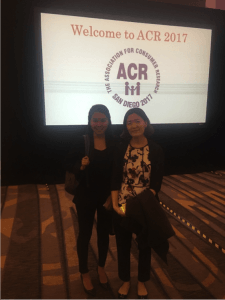
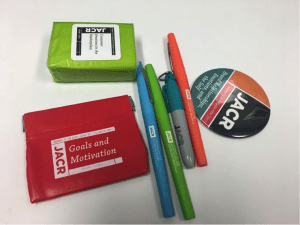








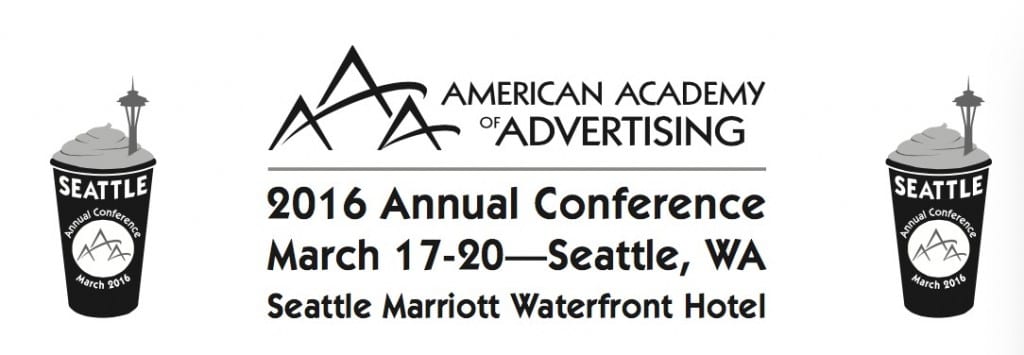






 Attendees included Visiting Professor Yuting Li, Head of the Advertising Department, Guangdong University of Finance & Economics, China as well as colleagues from across campus. Often the work is related to research, but can also involved creative works and industry endeavors. Our next brown bag will be in December. Keep your eye out for highlights from December’s presenter!
Attendees included Visiting Professor Yuting Li, Head of the Advertising Department, Guangdong University of Finance & Economics, China as well as colleagues from across campus. Often the work is related to research, but can also involved creative works and industry endeavors. Our next brown bag will be in December. Keep your eye out for highlights from December’s presenter!
